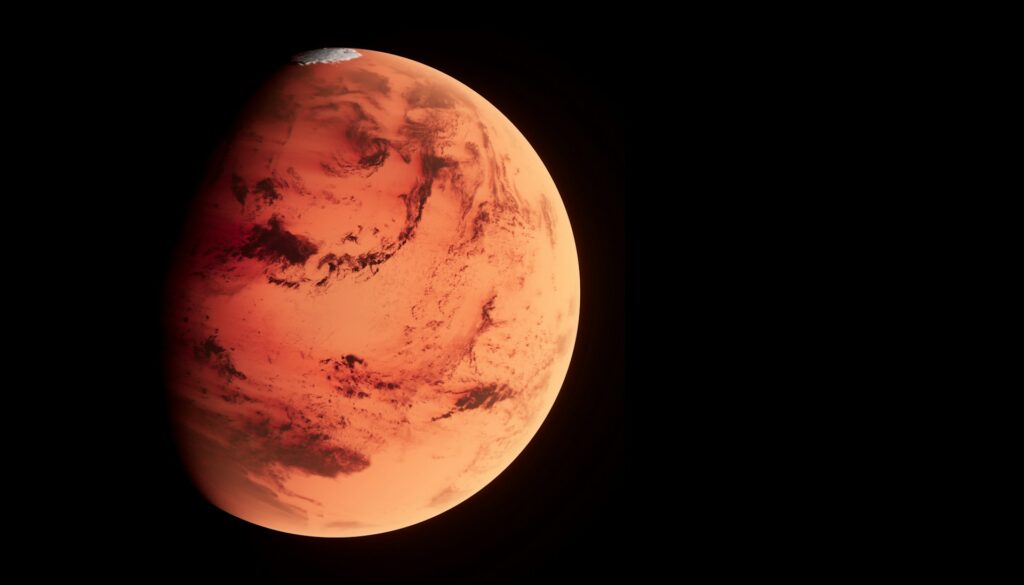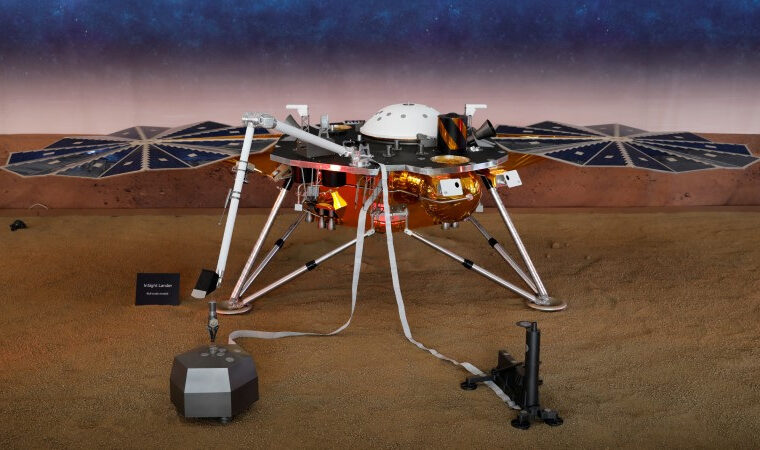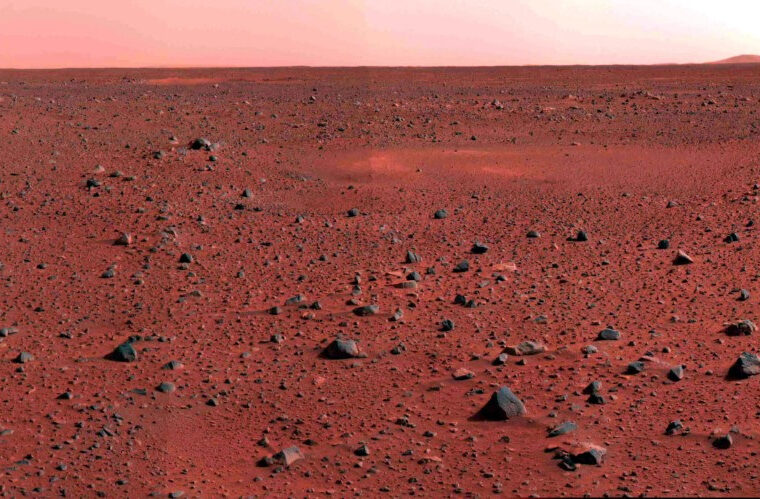As mankind inches closer to realizing a manned mission to Mars, scientists are considering some very innovative ways of overcoming one of the biggest hurdles: keeping astronauts healthy and functional on the long journey. The most intriguing idea has to come from perhaps one of the least likely sources: bats. Recent research highlighted by National Geographic shows that bats’ ability to hibernate may provide valuable insight into how humans could endure prolonged space travel by going into a similar state of metabolic slowdown.
A trip to Mars would take at least six months in one direction, and astronauts would face extreme isolation, limited resources, and prolonged exposure to space radiation. One idea that has been tossed around is the use of induced torpor or hibernation. If somehow humans could hibernate, they would require fewer supplies and conserve energy and possibly psychological strain. Besides, hibernation reduces the damaging effect of microgravity, a process that includes muscle atrophy and bone loss. However, inducing hibernation in humans is no simple task. Unlike animals such as bears or bats, our bodies are not naturally equipped for deep torpor. Scientists are therefore looking at how hibernating animals manage to survive long periods with minimal energy expenditure, hoping to unlock new medical strategies that could be applied to human space missions.
What makes bats special?
Bats are among the most competent hibernators in nature, surviving long, harsh winters with strong decreases in their metabolic rate and oxygen consumption. It gets even more unbelievable: their red blood cells remain functional at extremely low temperatures. According to National Geographic, this finding may provide the very key to making human hibernation viable in space travel.
Human red blood cells, on the other hand, become rigid and less capable of transporting oxygen in cold conditions, which would mean serious complications for astronauts should they take up hibernation-like states. The scientists are hoping to find from bats the biological mechanisms at work on their blood cells, enabling them to keep flexible under such circumstances. If such properties were replicated or induced in humans by means of genetic modifications or medical interventions, long-duration space travel could then possibly become feasible.

How Bat Physiology Could Shape Future Space Missions
If scientists can find a way to mimic the hibernation abilities of bats, the implications for space travel would be enormous. Astronauts placed in induced hibernation could:
Require fewer resources – A slowed metabolism means reduced food, water, and oxygen consumption, making missions more efficient.
Be protected from radiation – Lower metabolic rates could reduce cellular damage caused by space radiation.
Minimise psychological strain – Long-duration missions in confined environments can be mentally taxing; hibernation could help astronauts bypass much of this stress.
Prevent muscle and bone deterioration – Extended periods in microgravity cause muscle atrophy and bone density loss, but hibernation might slow these effects.
Yet, artificially inducing hibernation in humans is still in its infancy. For instance, it remains to be seen by researchers how long the human body can safely sustain a hibernation-like state and how the process could be reversed without injury. There are also ethical issues to consider: would long-term hibernation affect human cognition and overall health? Might there be unforeseen consequences on the body and brain?
Moreover, though bats present a fascinating biological model, the translation of their characteristics into humans is a highly complex task. Genetic or pharmaceutical manipulations that mimic the flexibility of their red blood cells have to undergo serious testing before being considered safe for use in humans.
It may sound like science fiction, but the idea that bats could help humans reach Mars is an exciting avenue for research. If scientists can unlock the secrets of bat hibernation and adapt them to human biology, astronauts may one day sleep their way to the Red Planet. There is still a long way to go, but this bat-inspired space travel could be one of the crucial steps toward making interplanetary missions a reality.



